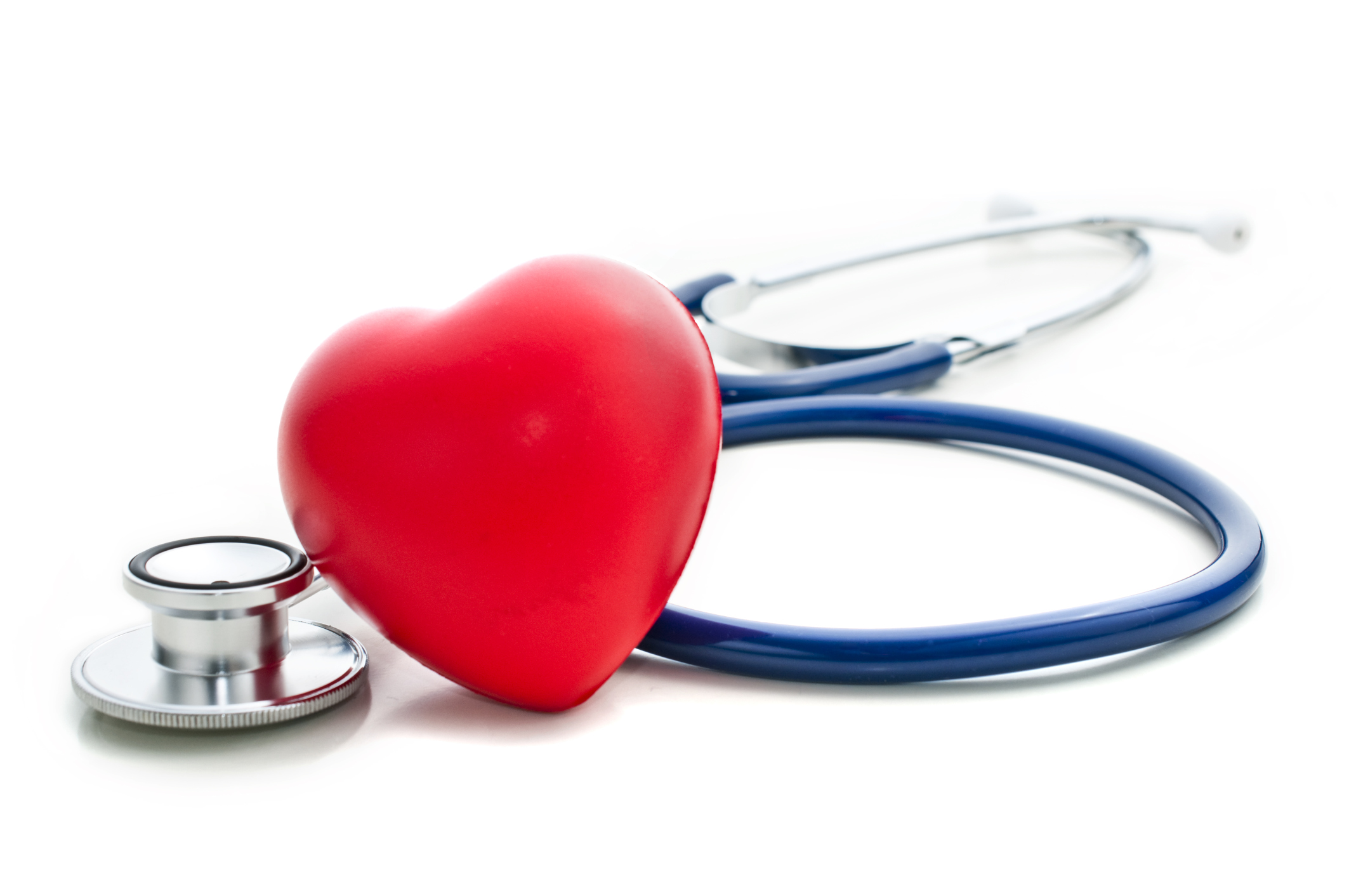
There exists a perception among the economically disadvantaged that cancer is a death sentence. However, this does not have to be true. There are solutions to this issue and it lies in a healthcare revolution centered on preventive health care and increasing awareness.
Currently cancer is an ongoing epidemic in many parts of the world and is expanding its reach, with 14.5 million people currently being diagnosed with cancer and an expected 19 million by 2024. It disproportionately affects the poor as shown by a study published on behalf of the American Cancer Society which suggests that the cancer sites most associated with high poverty in America had both a relatively low incidence and high mortality. In summary, the disadvantaged in America, although contracting cancer at a similar rate to the general population, face rare and dangerous cancers.
Preventive health care encompasses a form of addressing disease that puts an emphasis on preventing diseases as opposed to treatment. In general, correctly utilized preventive health care allows people to be healthy for longer, helps to avoid the onset of disease, suppresses already present diseases, and lowers the costs for the patient.
The most relevant applications of preventive health care strategies to the Cancer epidemic involve mass routine screening and lifestyle changes which can be encouraged through increased awareness. Cancer is a disease that dramatically progresses in severity with time. For example, those with stage 0 breast cancer have almost a 100 percent 5-year survival rate, while those with stage IV breast cancer have a 22 percent 5-year survival rate. Additionally, the cost of breast cancer screening is only $100 while the difference in cost for stage 0 and stage IV breast cancer treatment is $110,746 per the CDC. For many, the early diagnosis provided by focused on preventive health care can be the difference between life and death. In the words of oncologist Ravi Kannan, “If women came to my clinic when their lump was 1 cm rather than 10 cm, it would make a massive difference to their survival.”
Despite the potential efficacy, of addressing the cancer epidemic with a preventive health strategy that relies on mass screening opponents argue that mass cancer screening is not yet feasible. However, this issue can be solved by governmental action — specifically, the allocation of government funds to preventive health care plans. Perhaps insurance companies should provide incentives such as lowered premiums to encourage preventive measures whether it be lifestyle changes or screening. As expensive as cancer screening may be, it is far less than the estimated $100,000 average yearly price of cancer drugs per the Mayo Clinic.
Ultimately, the cancer epidemic and its disproportionate effect on the poor can be addressed through an emphasis on preventive health care in the form of cancer screening and awareness. In addition to its effectiveness as a treatment approach, this change in mindset towards the Cancer epidemic will give everyone a chance to stand up against cancer.

